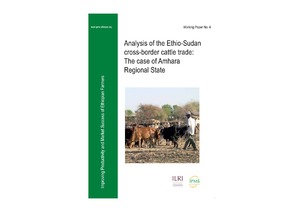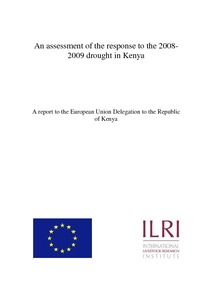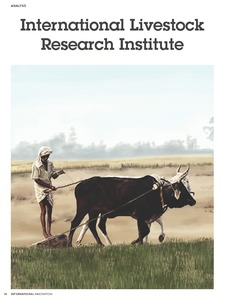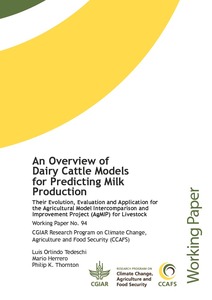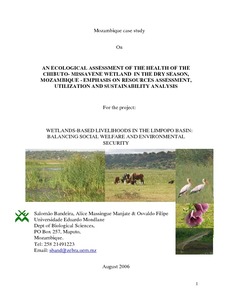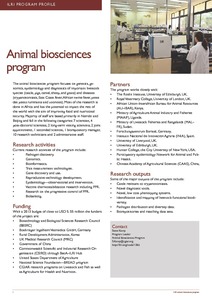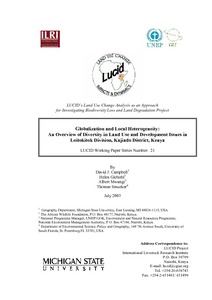Analysis of small ruminants’ pastoral management practices as risk factors of peste des petits ruminants (PPR) spread in Turkana District, Kenya
Peste des petits ruminants (PPR) is an emerging viral disease spreading throughout Kenya and East Africa causing major losses in the small stock. This study is an attempt to evaluate small stock management practices in Turkana pastoral system, Kenya as predictors of PPR outbreaks. Information on the social practices and the occurrence of PPR outbreaks was obtained by participatory techniques.




